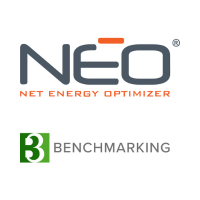
Building Decarbonization: Key Issues and Solutions for Occupancy, Wellness and Sustainability
Abstract:
As the climate change impacts of building construction and operation become clearer and clearer, building designers, architects and engineers, need to take immediate action. Sustainable buildings are crucial to our future. The understanding of the carbon content of what makes up buildings, both embodied and operational, is essential. There are numerous decisions that must be made in the process of visioning and designing a building to reduce carbon content while improving the environment in which we spend most of our time.
Learning Objectives:
- Define what “decarbonizing” a building project means, including explaining key terms such as “embodied carbon” and “net zero carbon”.
- Use key approaches in building design, material selection and specification to reduce the embodied carbon in the building envelope and structure.
- Employ beneficial electrification to reduce buildings’ operational carbon dioxide emissions and improve wellness of building occupants.
- Design to meet building performance standards as more local jurisdictions adopt these practices to meet community greenhouse gas emission reduction goals and improve wellness of building occupants.
Sponsored by: NEO Net Energy Optimizer & B3 Benchmarking

Speaker
-
 Al LaPeraCxA, EMP, LEED AP, Kimley Horn
Al LaPeraCxA, EMP, LEED AP, Kimley HornWith 47 years of professional experience, Al has worked on a broad range of building types, including educational, healthcare, and commercial facilities. He is well versed in the design and analysis of HVAC systems and providing engineering services, including planning, analysis and construction observation from project inception through construction administration. His engineering expertise focuses on systems commissioning, energy analysis and energy auditing.
